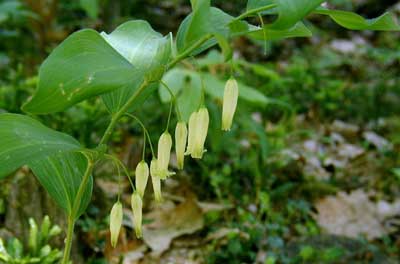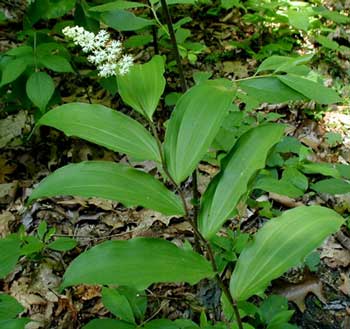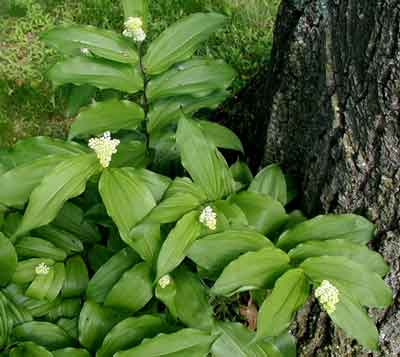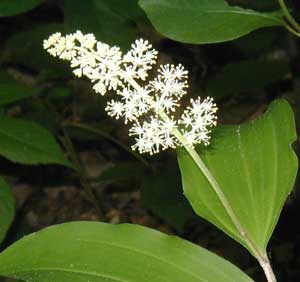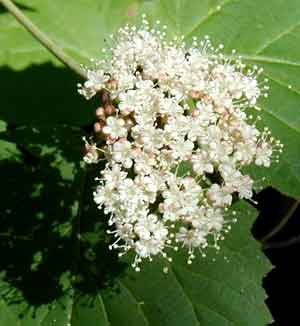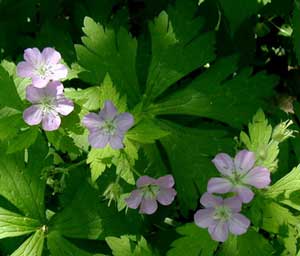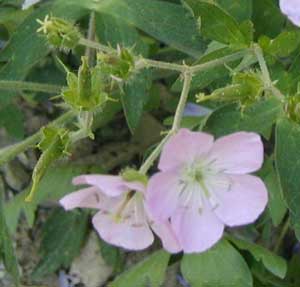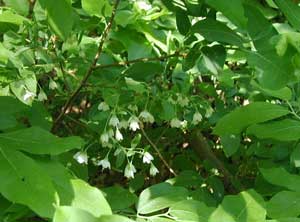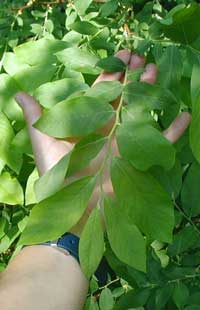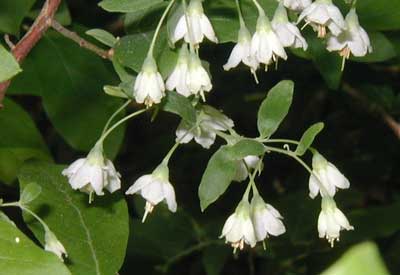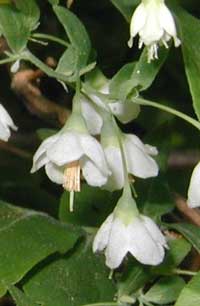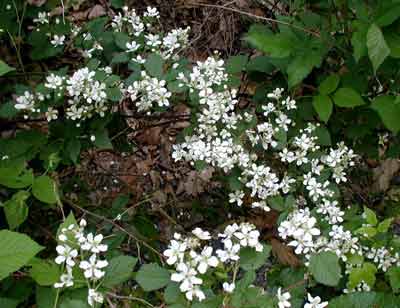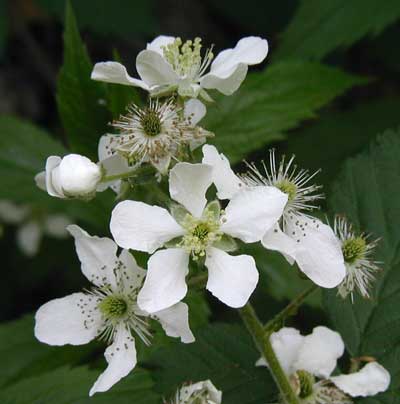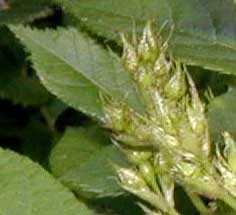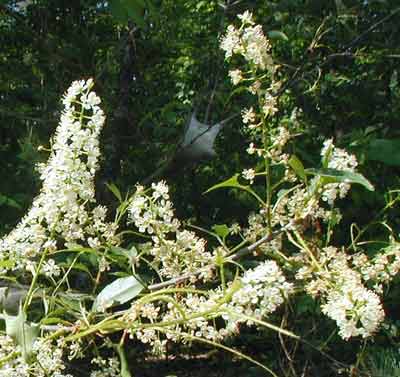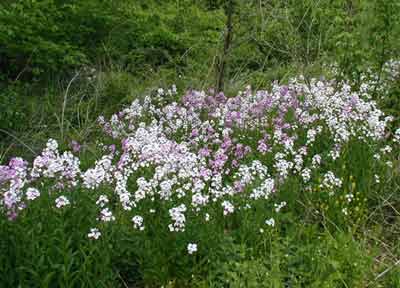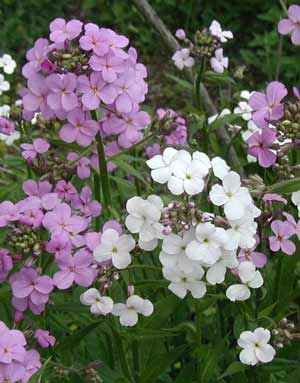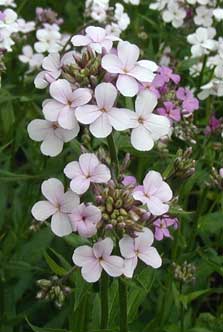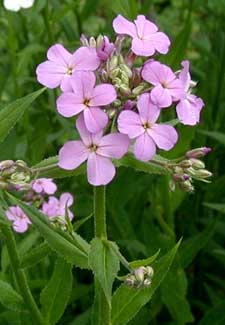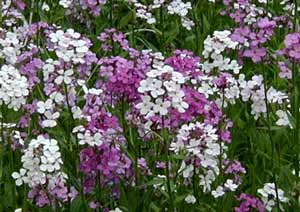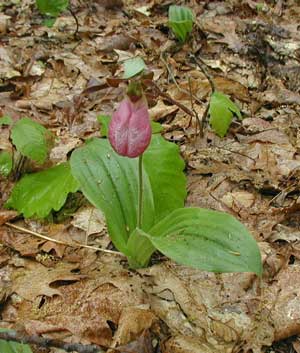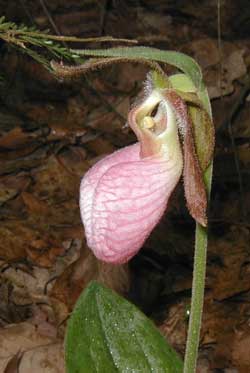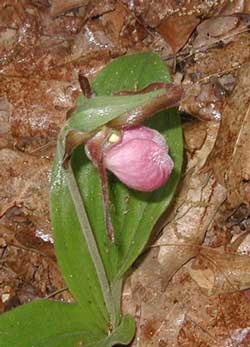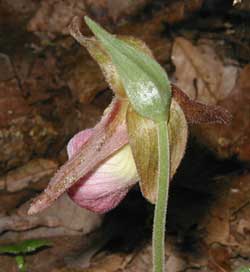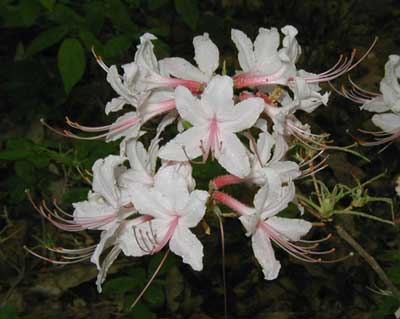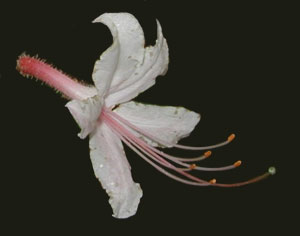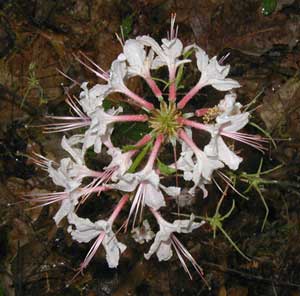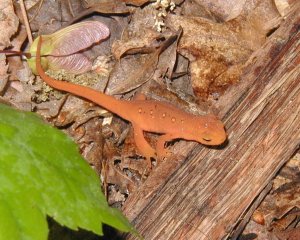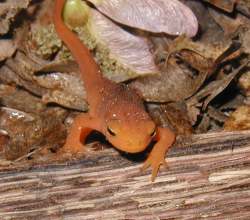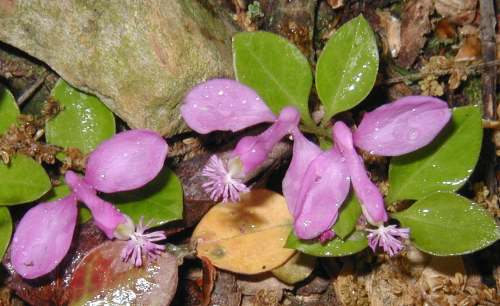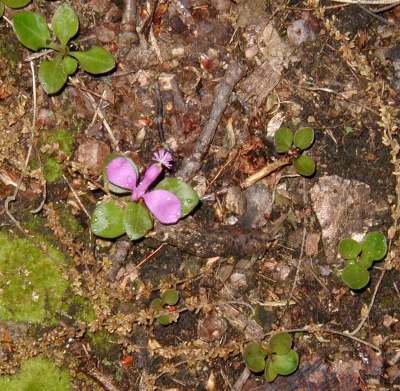Before the rain got too heavy this afternoon we ducked into our Pennsylvania woods to see how the Pink Lady’s Slippers were coming along.
Right on cue — sometime between the First of May and Mother’s Day — the Pink Lady’s Slippers come out in full bloom. Each year we go to the same spots to see these beautiful and interesting members of the orchid family.
Because of the shape of the irregular flower Cypripedium acaule is also known as the Moccasin Flower. Indeed, the heavily veined, pink pouch identifies the Pink Lady’s Slipper.
Pink Lady’s Slipper growing in a mixed hardwoods forest in the mountains of Pennsylvania.
This plant is distinctively hairy, which is not noticeable until you get real close. All parts of the basal leaves, flower stem, sepals and the blossom have short, soft hairs.
Fuzzy Pink Lady’s Slipper showing short hairs and the deeply cleft, hollow pouch.
The atypical views of this pink orchid illustrate the three dimensional shape of the irregular flower.
Side view shows the heavily veined pouch of the Moccasin Flower.
The greenish-brown sepals and lateral petals are not very noticeable from a distance as they blend in with the background colors.
In a couple weeks the pink flower will fall away leaving behind the green, spade-shaped bract at the top of the long flower stem.
If you have an occasion to hike the woods of Eastern Canada or the Northern United States or the Appalachian Mountains down to north Georgia, keep your eyes open for the Pink Lady’s Slipper. It’s not every day that you get to see this beautiful orchid!
More wild pink flowers that we saw today were a group of pretty Pink Azaleas, Rhododendron nudiflorum, also known as the Pinxter Flower. We were surprised to see so many blossoms as this was the most extensive blooming witnessed to date.
Wild Pink Azaleas blooming underneath an oak tree.
Five petals are joined at the base making a long tube which has more color than the distal ends of the petals. The orange-tipped stamens are very long and project well beyond the petals. The green-tipped pistil is longer yet.
Close up image of pink azalea flower showing the long stamens and pistil.
Pink azaleas are practically odorless, but apparently the leaves taste good to some little green caterpillars. Most of the elongated leaves were already consumed, except for the midrib.
Notice the leaf midribs left behind by ravenous caterpillars in the lower right of this image of Pink Azaleas.
